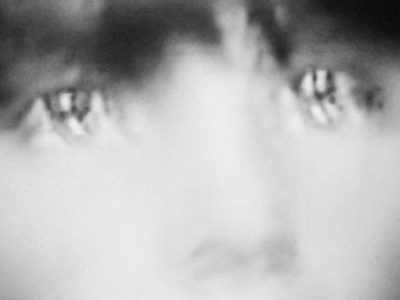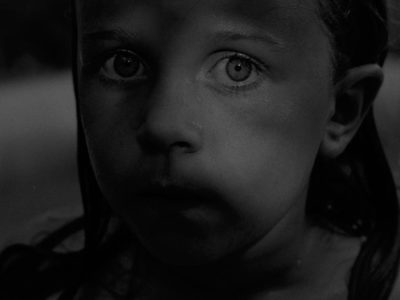FotoFirst — Edgar Martins Rethinks the Depiction of Suicide and Violent Death
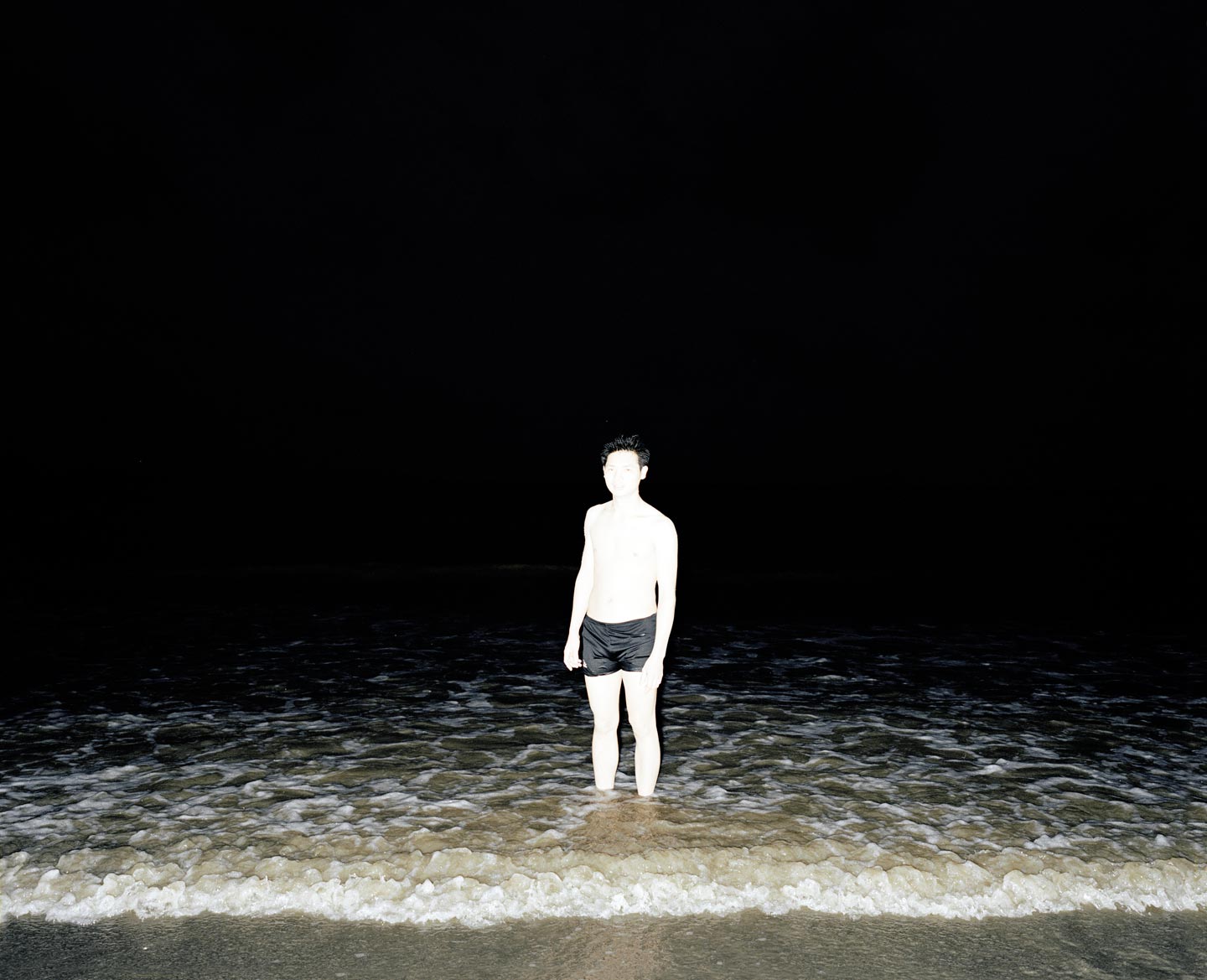
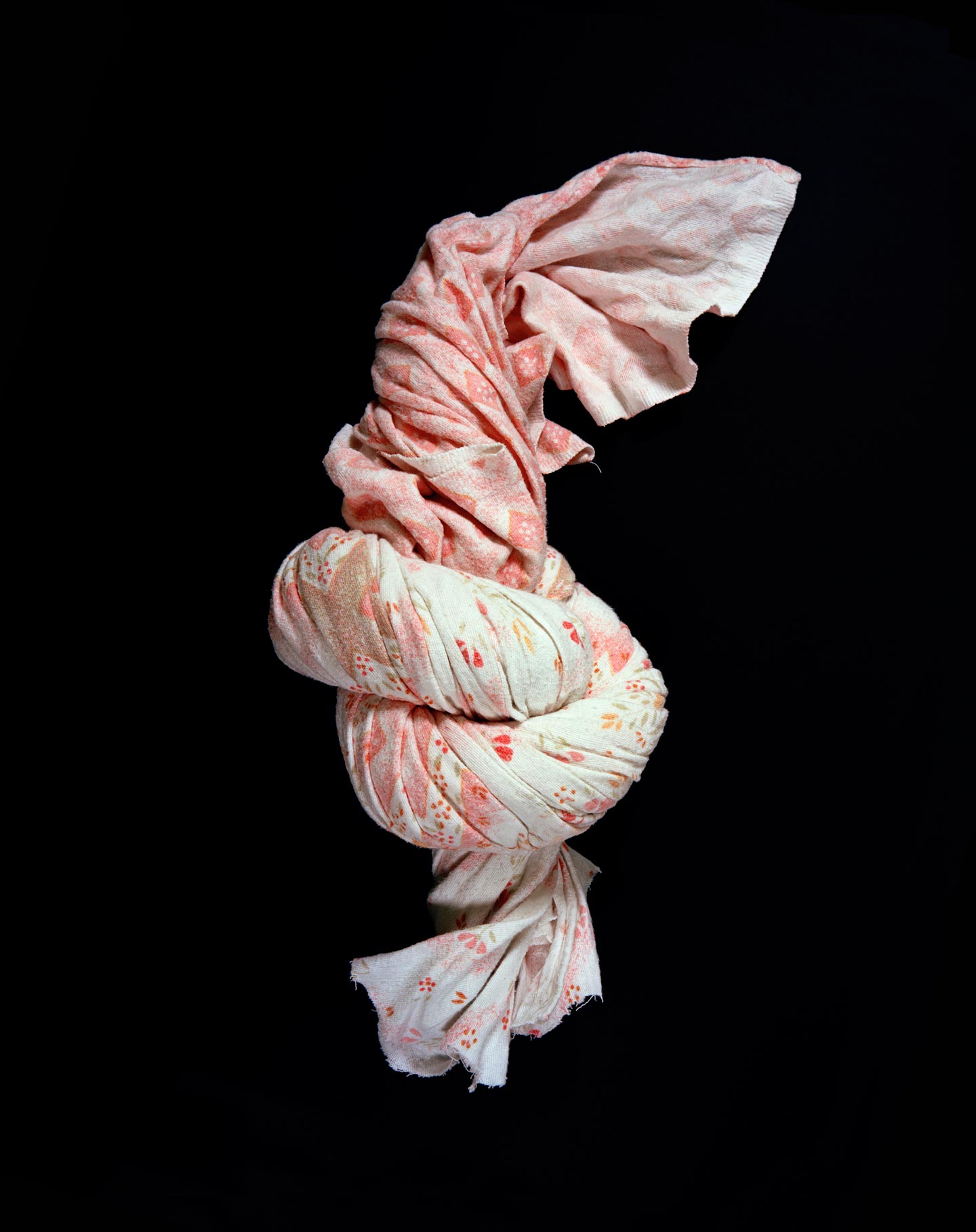

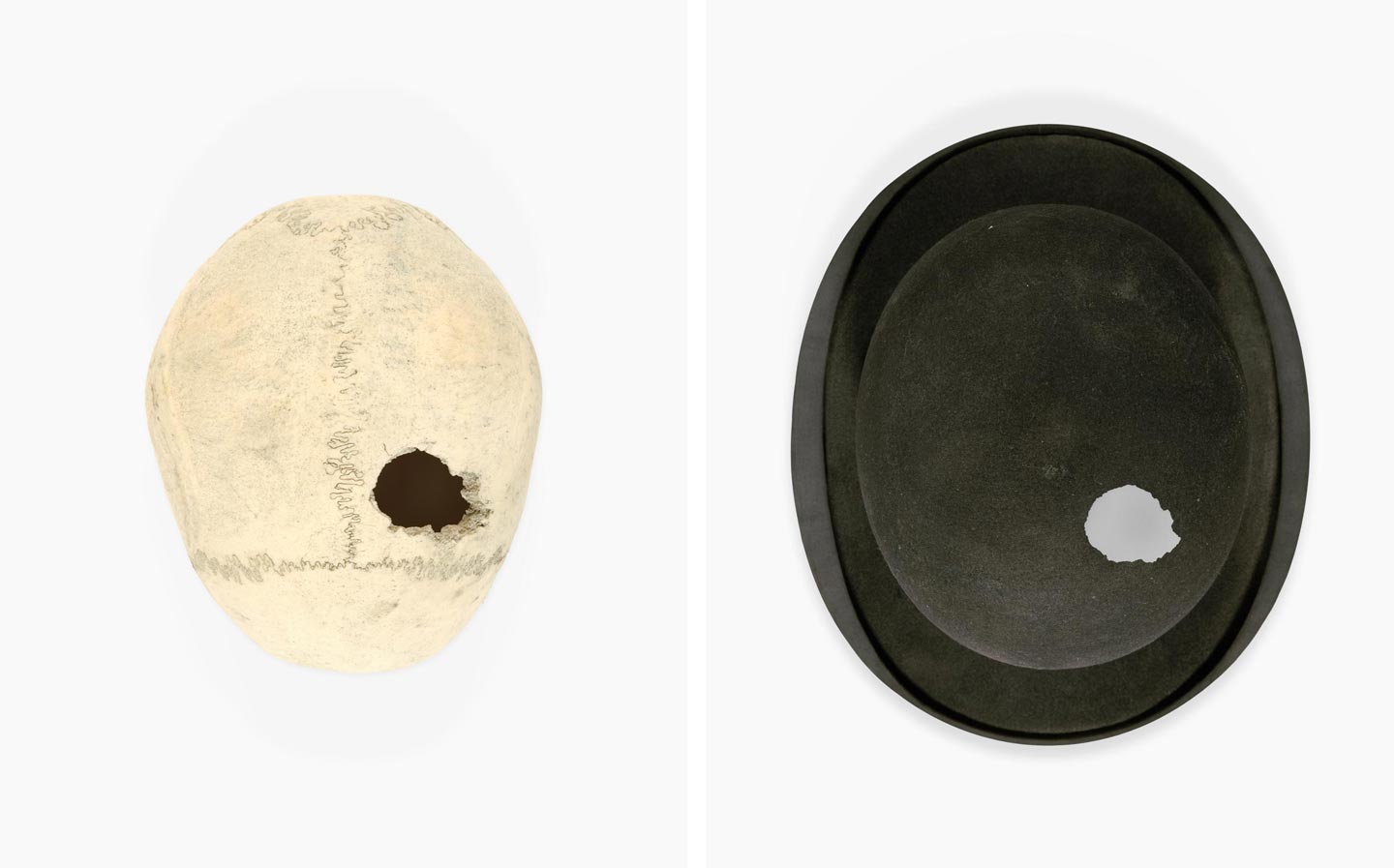
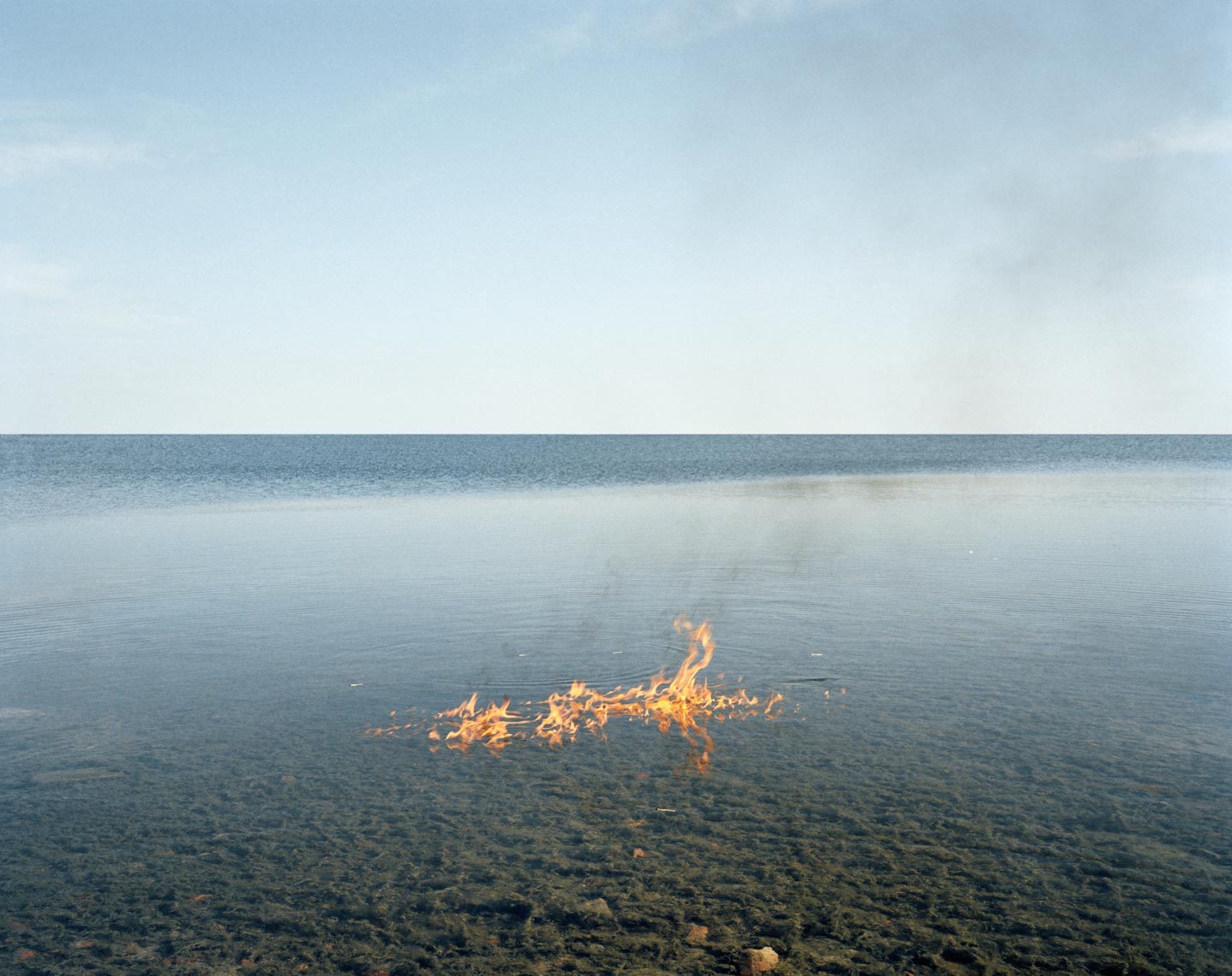

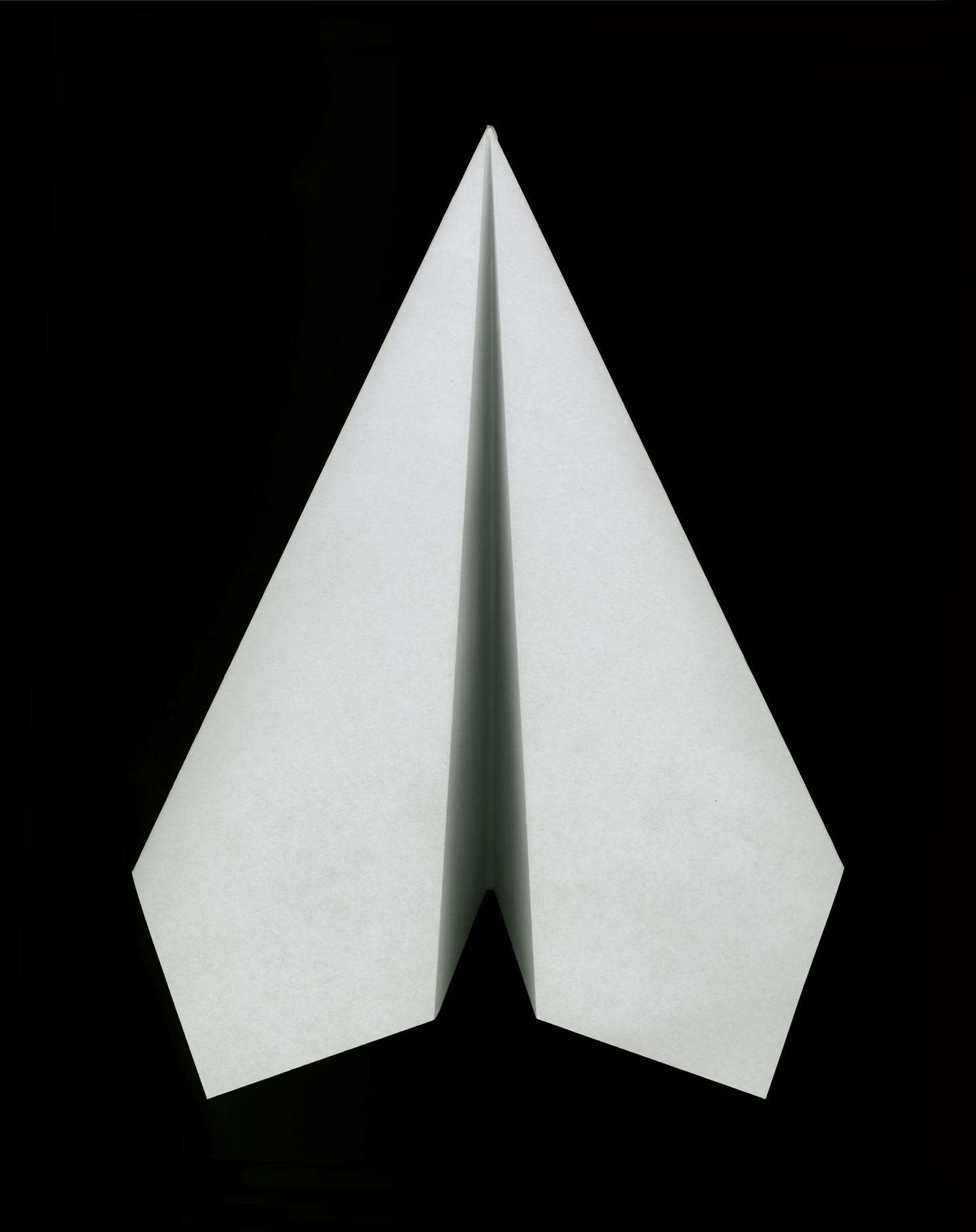
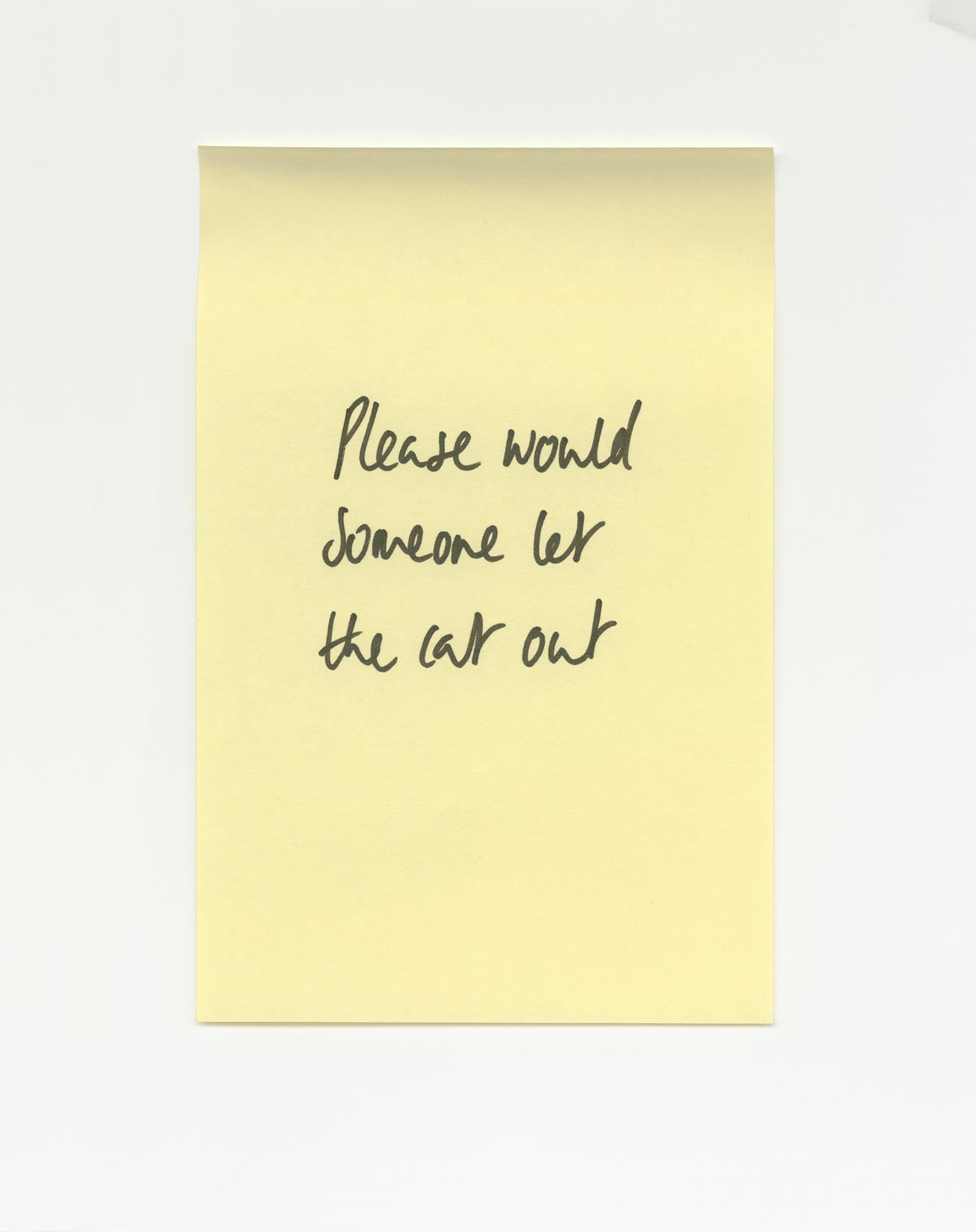
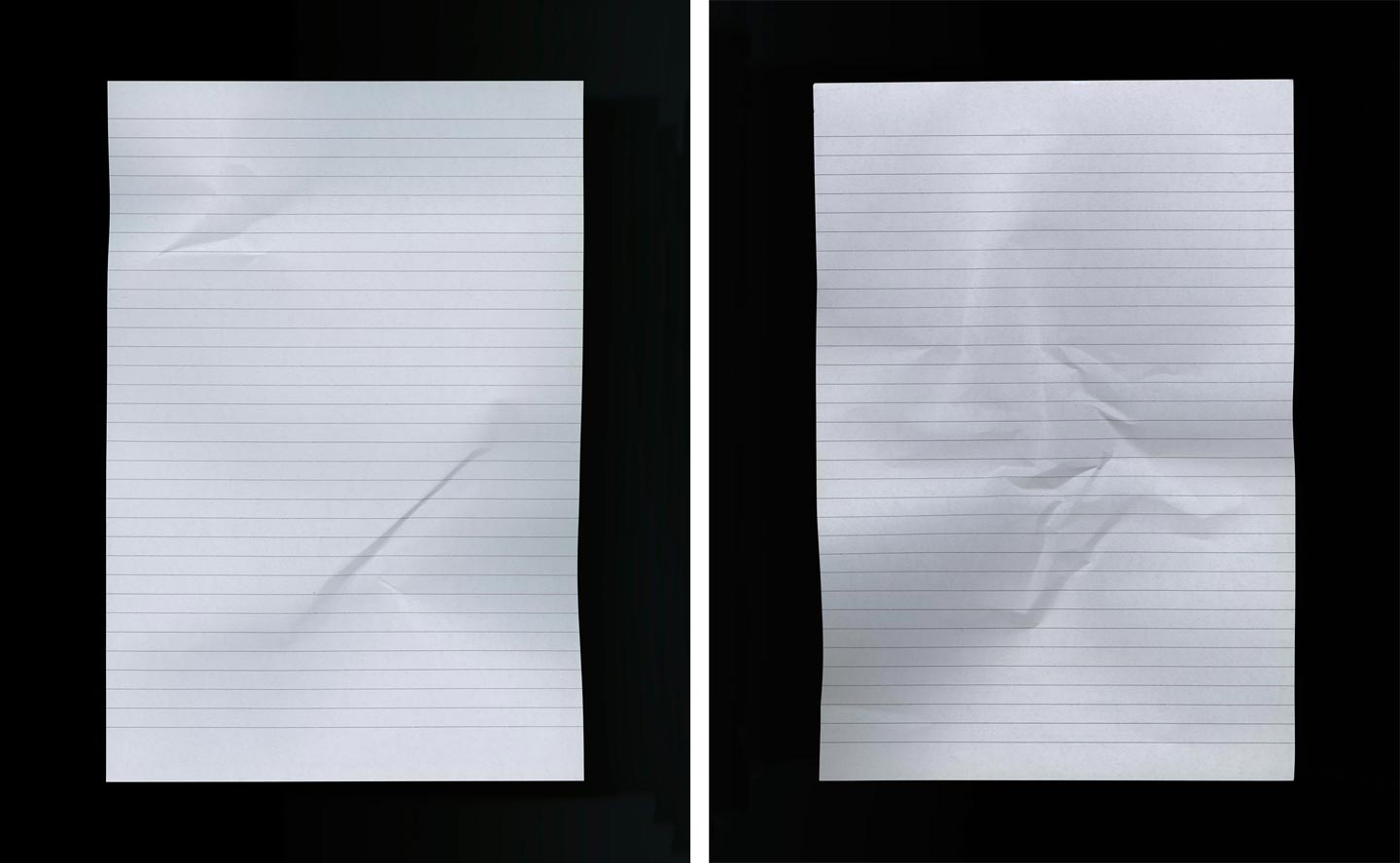
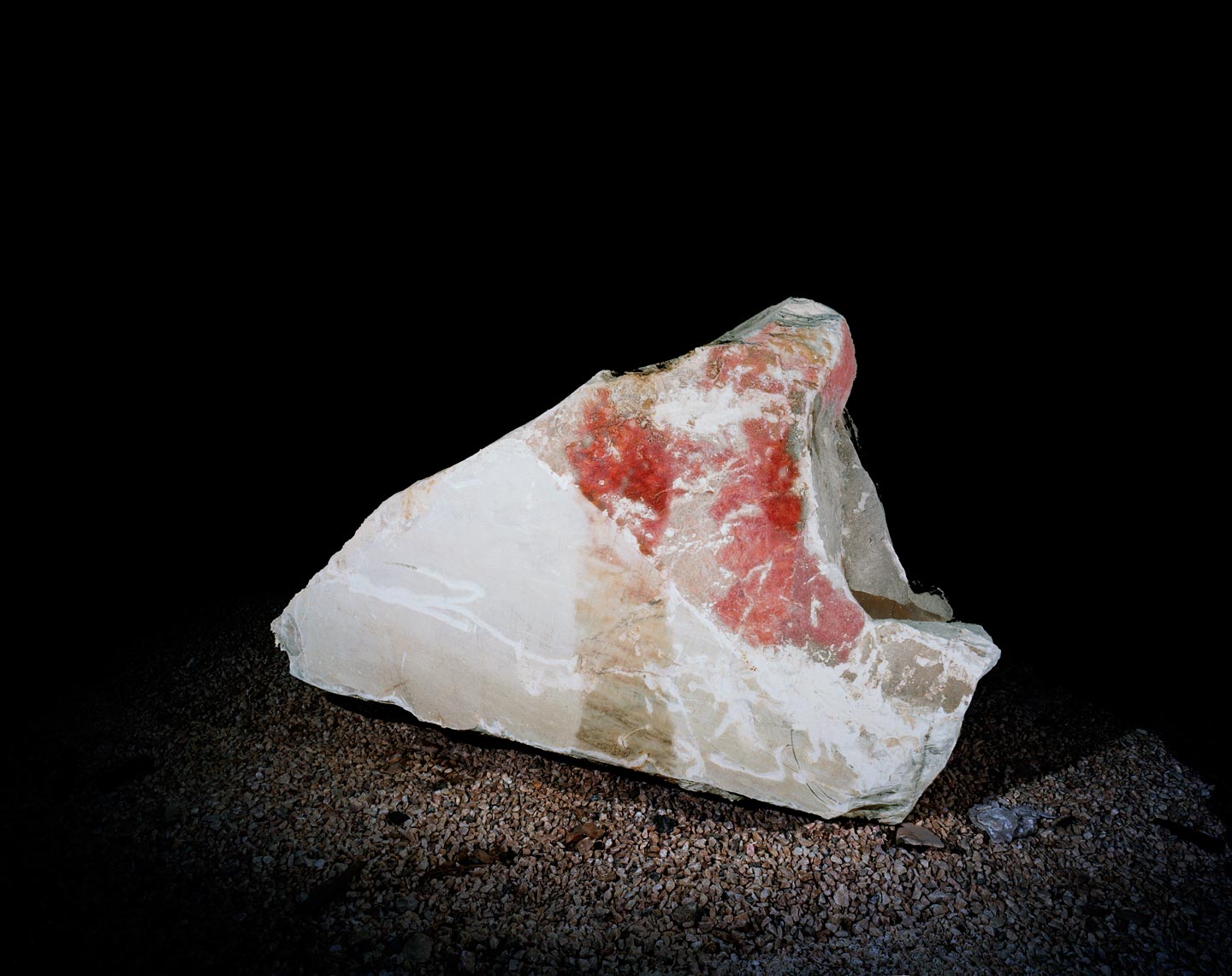
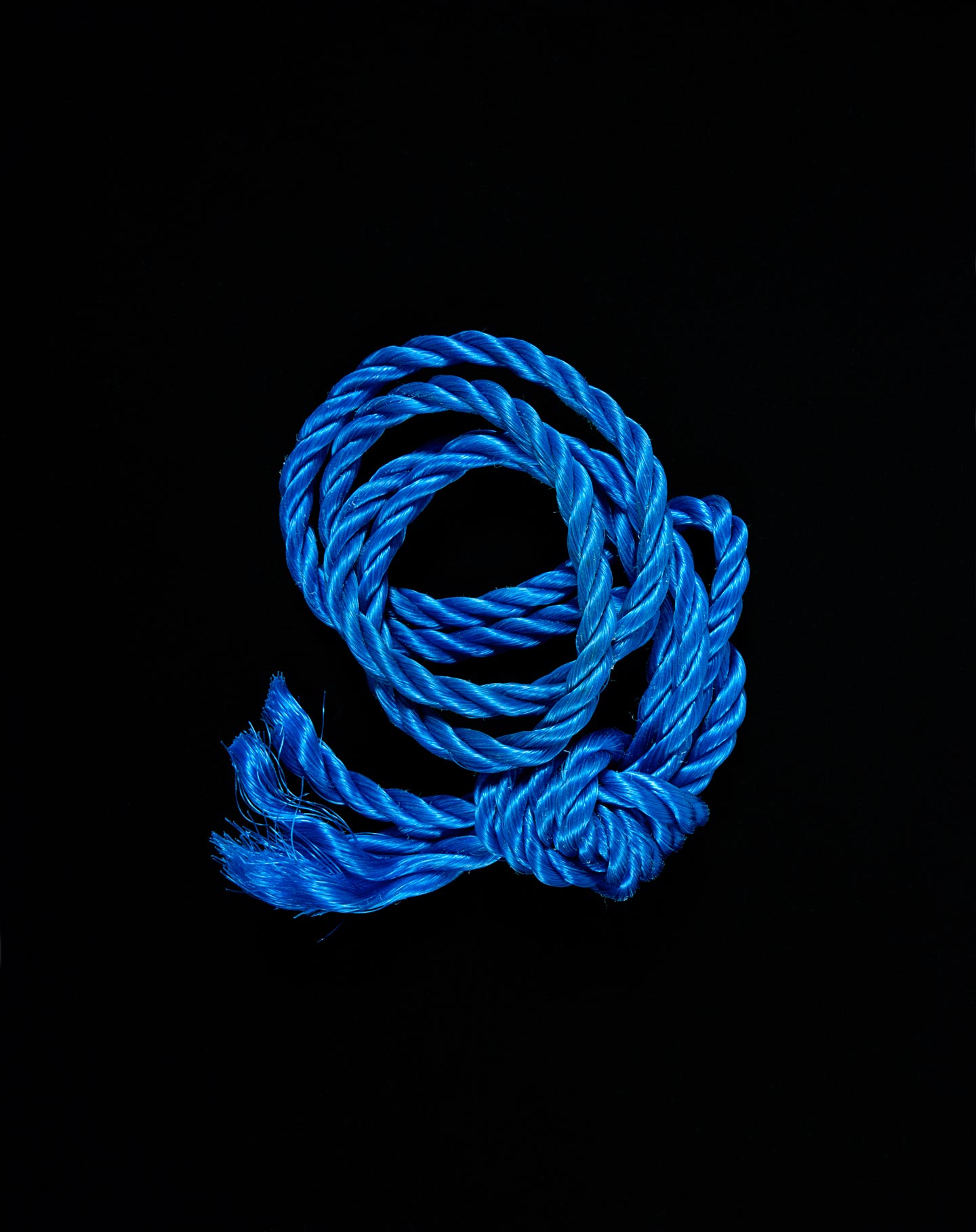

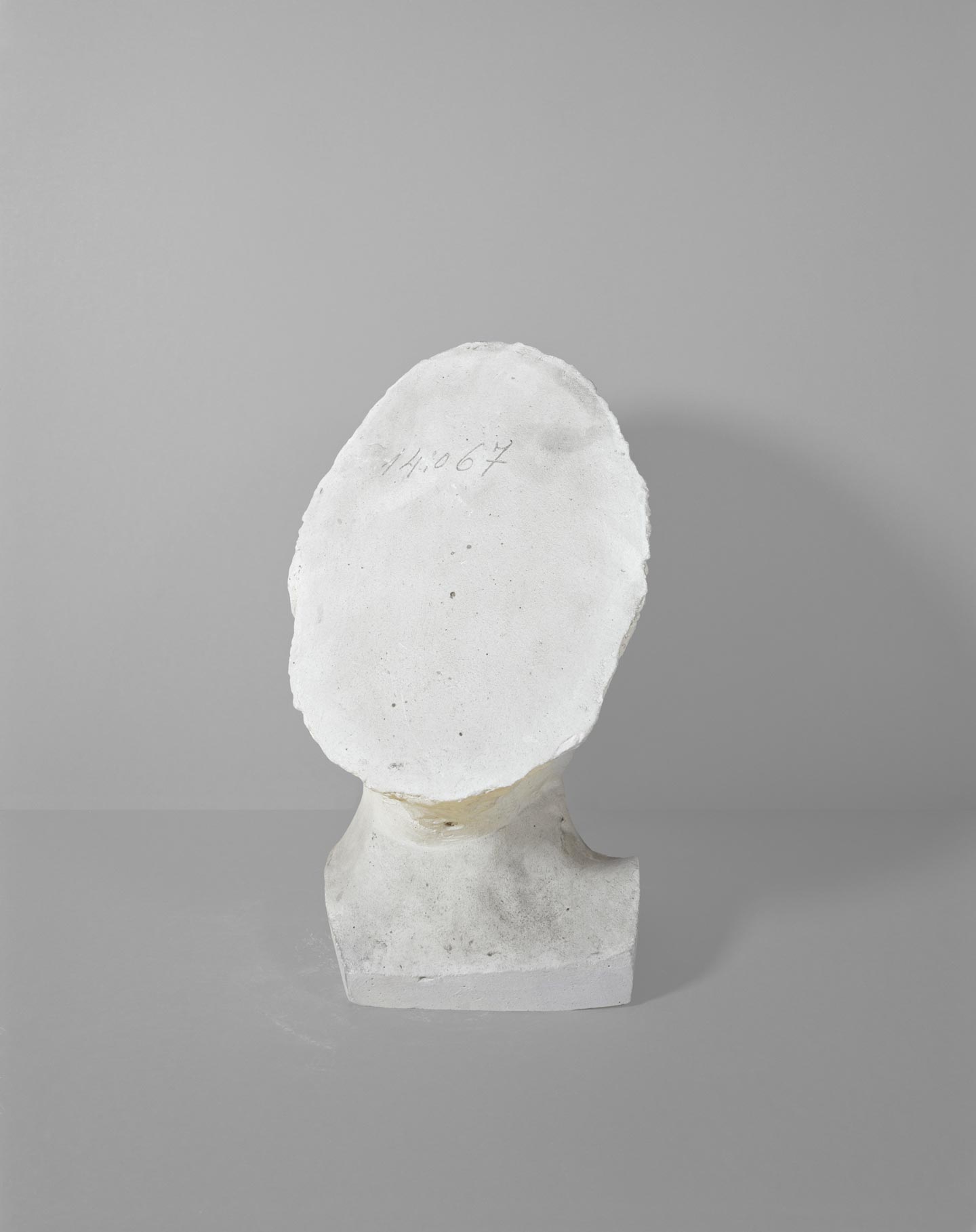

38 year-old Portuguese photographer Edgar Martins guides us through Siloquies and Soliloquies on Death, Life and Other Interludes, a multi-approach and complex body of work about violent death and suicide made in strict collaboration with Portugal’s Institute of Legal Medicine and Forensic Sciences.
Siloquies and Soliloquies on Death, Life and Other Interludes is currently on view at Open Eye Gallery in Liverpool, UK – see here for details.
Hello Edgar, thank you for this interview. What are your main interests as a photographer?
My work is rooted in the genres of landscape and topographic representation, but always with a link to the cinematic, the pictorial and the sculptural. I’m interested in the photographic image as a fundamentally hybrid medium that can bring together a series of irresolvable contradictions and, correlatively, one that can question the viewer’s convictions and expectations. The best images to me are those that reveal the fragility of our visual powers.
Please introduce us to Siloquies and Soliloquies on Death, Life and Other Interludes.
The definition of death is one of the most pressing issues for scientists and philosophers today, who remain conflicted about what it means to die, how we can determine its occurrence, and what the implications of this are on the understanding of ourselves. Our idea of death has changed with the evolution of technology, and whilst its definition in our culture remains rooted in a biological comprehension of the world, death can ultimately be seen as a social construct. Scrutinizing it opens up questions around epistemology, metaphysics and humanity’s conception of itself.
Photography continues to have a pivotal role in the representation of death and mediating our relationship to it. However, the media’s inability to deal with this issue beyond the glorification of the gory/bizarre leads to serious omissions, with profound consequences. Such consequences and misrepresentations are, more than ever, essential topics of research.
Why did you decide to make a project about death, and suicide in particular?
This project was partly motivated by my general fascination with the finality of death, my persistent criticism of the way in which violent death is depicted in the media, my personal experience of violent/traumatic death bereavement and an increasing desire to challenge myself artistically and make a concerted breakaway from my ‘default’ methodology.
Although there is a vast amount of literature and research on death and its depiction/representation, what has been lacking, in my view, is an engaging synthesis of the field. This project seeks to close this gap by analyzing such topics by way of an interventionist, factual and speculative approach with an unmistakable humanist dimension.
For this project, you collaborated with Portugal’s Institute of Legal Medicine and Forensic Sciences. How was this collaboration born, and in what did it consist exactly?
Over the last five years my practice has been increasingly rooted in hard-to-access environments, as I am genuinely interested in the unique responses of artistic expression that these engagements can activate. I knew from the start that while I would be employing a different methodology in this project, it could only be conceived in collaboration with yet another hard-to-access organization, such as an institution that dealt with death, namely violent death, on a daily basis.
After extensive research, I presented a concrete and ambitious proposal to the Institute of Legal Medicine in Portugal, who supported it from the get go. I chose this organization for a variety of reasons, but partly because they are possibly the only institution in the world that currently have a collection of suicide paraphernalia. Its role was key not only in providing me unrestricted access to all of its facilities, staff and activities, but also to sensitive forensic evidence, case-file related information, as well as their photographic and document archives, etc. Moreover, they became my interface with other organizations such as law-enforcement bodies like the Homicide and Criminal Investigation Police, making it possible for me to access a wider array of forensic and crime-scene material.
But perhaps the most remarkable aspect of this collaboration was the genuine faith the Institute placed in me and in my vision for this project, which in some cases involved entrusting me with the loan of historical forensic evidence so that I could process this material offsite, namely at my UK studio or labs, using new and experimental techniques, methodologies and equipment.
The series mixes original photographs, archive materials, medical files and legal evidence. Can you talk a bit about your approach to the work?
With a theme as complex as death, it was important that I was not restricted by the medium of Photography, and approached it instead in a hybrid way. So aside from documentary and fictional imagery, the work includes also historical imagery, the appropriation of archive imagery, some images of my own collection of vintage prints, etc. I have also adopted a variety of presentation formats including projection, photo-installation, photo-sculpture and the pairing of text and image.
Is there anything you realized while working on Siloquies and Soliloquies on Death, Life and Other Interludes? What thoughts did it bring about?
On a very mundane level, I have a much healthier respect for the sanctity of our bodies and just how fragile they really are. However, my hope is that this project will be the instigator, the catalyst to make us think again about death, how it should be approached and represented, and what we can learn from this process.
Did you have any specific references or sources of inspiration in mind while working on this series?
I looked at a wide variety of material: from Roland Barthe’s writings on Photography and death in Camera Lucida, to Walter Benjamin’s Arcade project, to the memoirs of James Berry (Britain’s last executioner), to Pessoa, Nietzsche, Feldman, Bradley, Johansson, Kagan and a number of other field specialists (including Roger Luckhurst and Timothy Secret, whom I have invited to contribute an essay to the book of this work). I also looked at a great deal of medical and post-mortem photography (Thanatos Archive, Burns Archive), various niche archives (Arquivo Fotográfico Lisbon, Wellcome Trust and Archive of Modern Conflict (UK), etc.), tableaux mordants from Weege to Enrique Metinides, etc, visited numerous exhibitions (Images of Conviction @ Le Bal; On Forensics @ The Wellcome Trust; The Crime Museum @ Museum of London), among others.
Moreover I spent months studying the Institute of Legal Medicine’s own archives and case files, as well as vintage press clippings of some of the crimes and suicides I was focusing on, speaking to bereavement support groups, etc. It was actually the personal stories of people that fed back most into the strategic planning of this project.
What have been the main influences on your photography?
I always struggle with this question because my influences are varied. And Influence is a spurious concept. However, my main influences don’t come necessarily from the field of Photography. I’m influenced by people like the American greats, like Walker Evas, O’Sullivan, the New-objectivity movement (the Beckers, Jorg Sasse, Elger Esser), a myriad of conceptual photographers like Allan Sekula, Olivier Richon, John Divola, John Stezaker, Patrick Tosani, Peter Fraser. On top of this, there’s things as varied as Ed Ruscha, Breton, Rauschenberg, Basquiat, Hitchcock, Becket, Sebald, Pessoa, Alfred Jarry, Rosalind Krauss, Roland Barthes, Gilles Deleuze, Walter Benjamin and many more.
Choose your #threewordsforphotography.
Lack. Insufficient. Inadequate.
Keep looking...

FotoCal — Photography Awards, Grants and Open Calls Closing in June 2025

FotoCal — Photography Awards, Grants and Open Calls Closing in May 2025

FotoCal — Photography Awards, Grants and Open Calls Closing in April 2025

FotoCal — Photography Awards, Grants and Open Calls Closing in March 2025

FotoCal — Photography Awards, Grants and Open Calls Closing in February 2025

FotoCal — Photography Awards, Grants and Open Calls Closing in January 2025

FotoCal — Photography Awards, Grants and Open Calls Closing in December 2024


